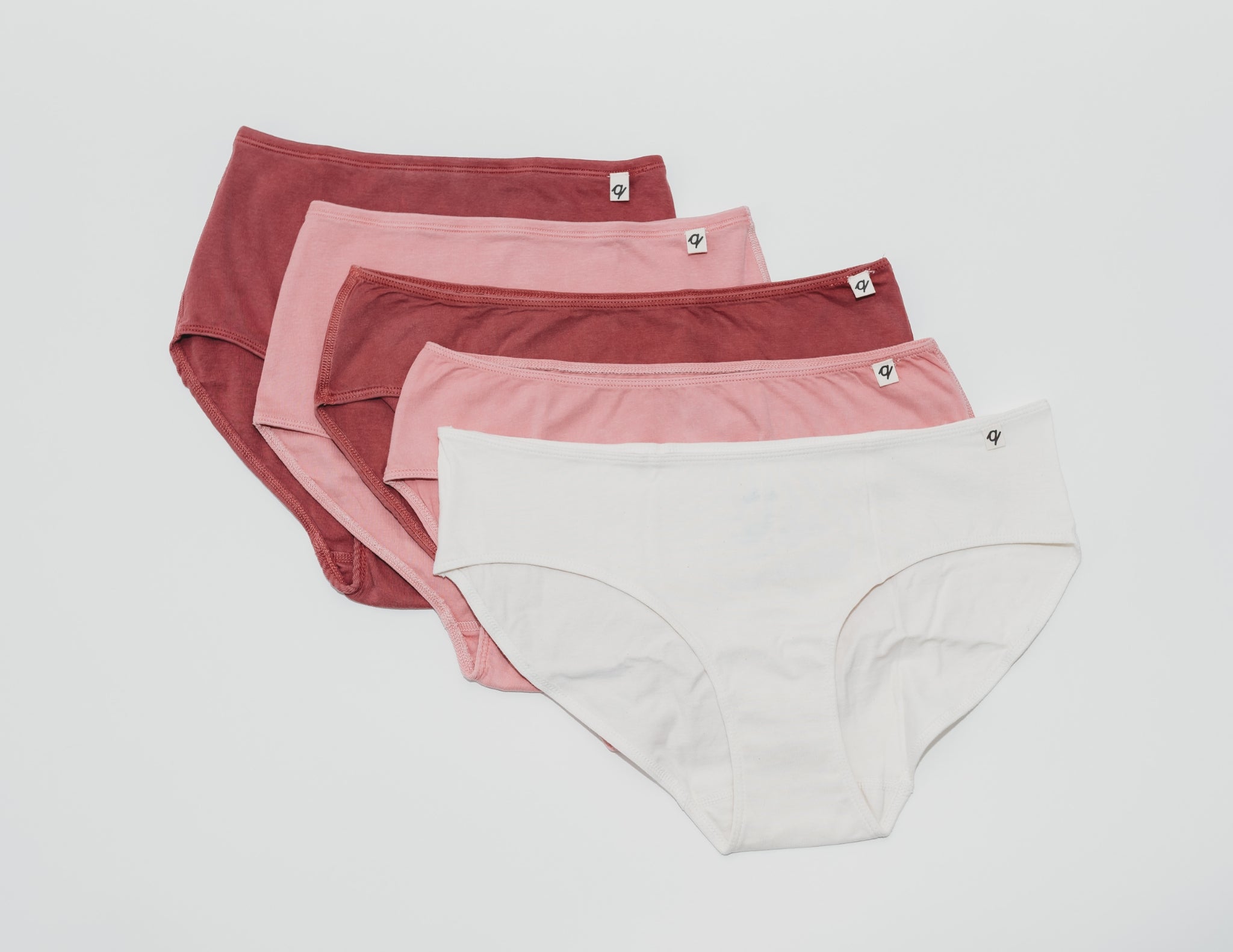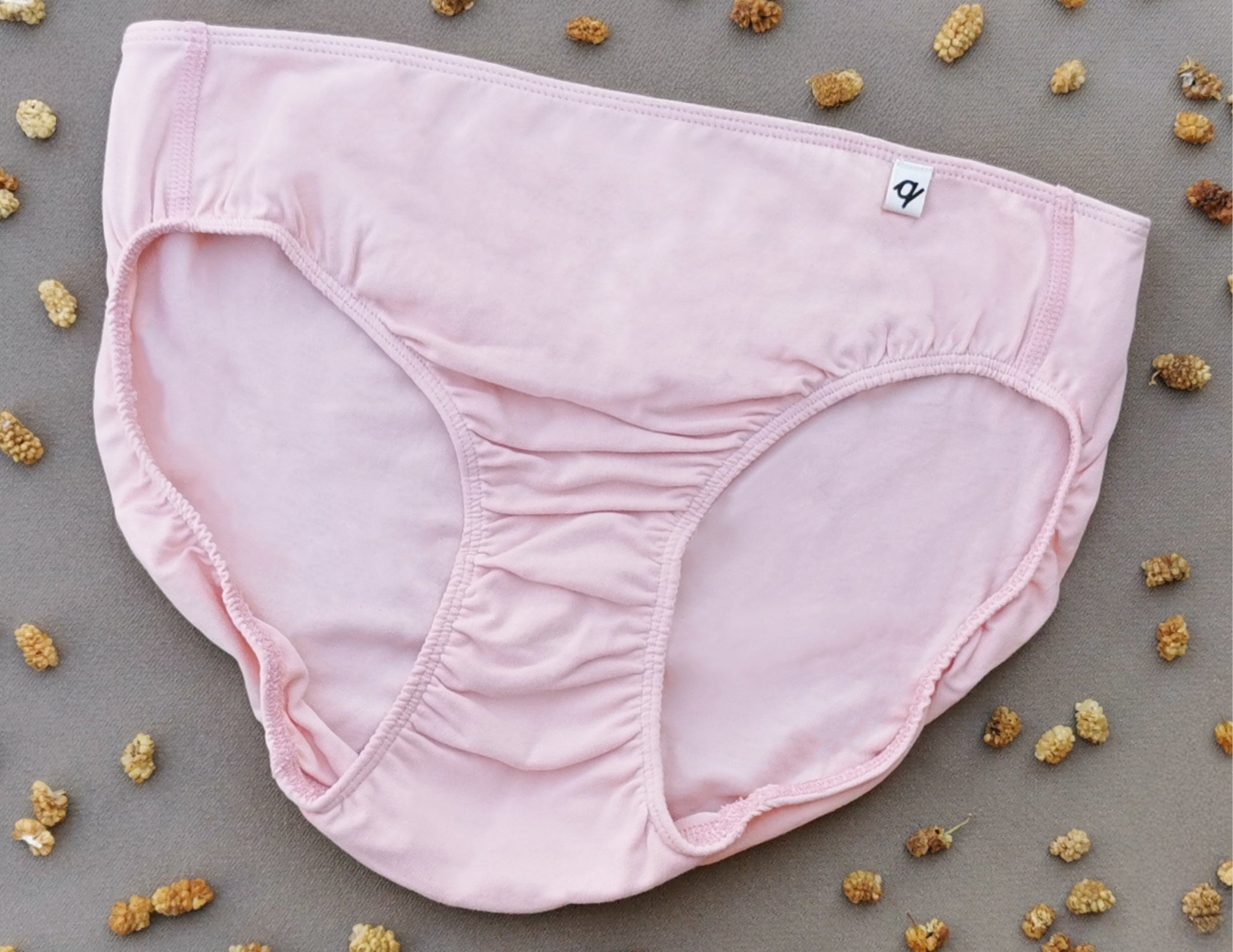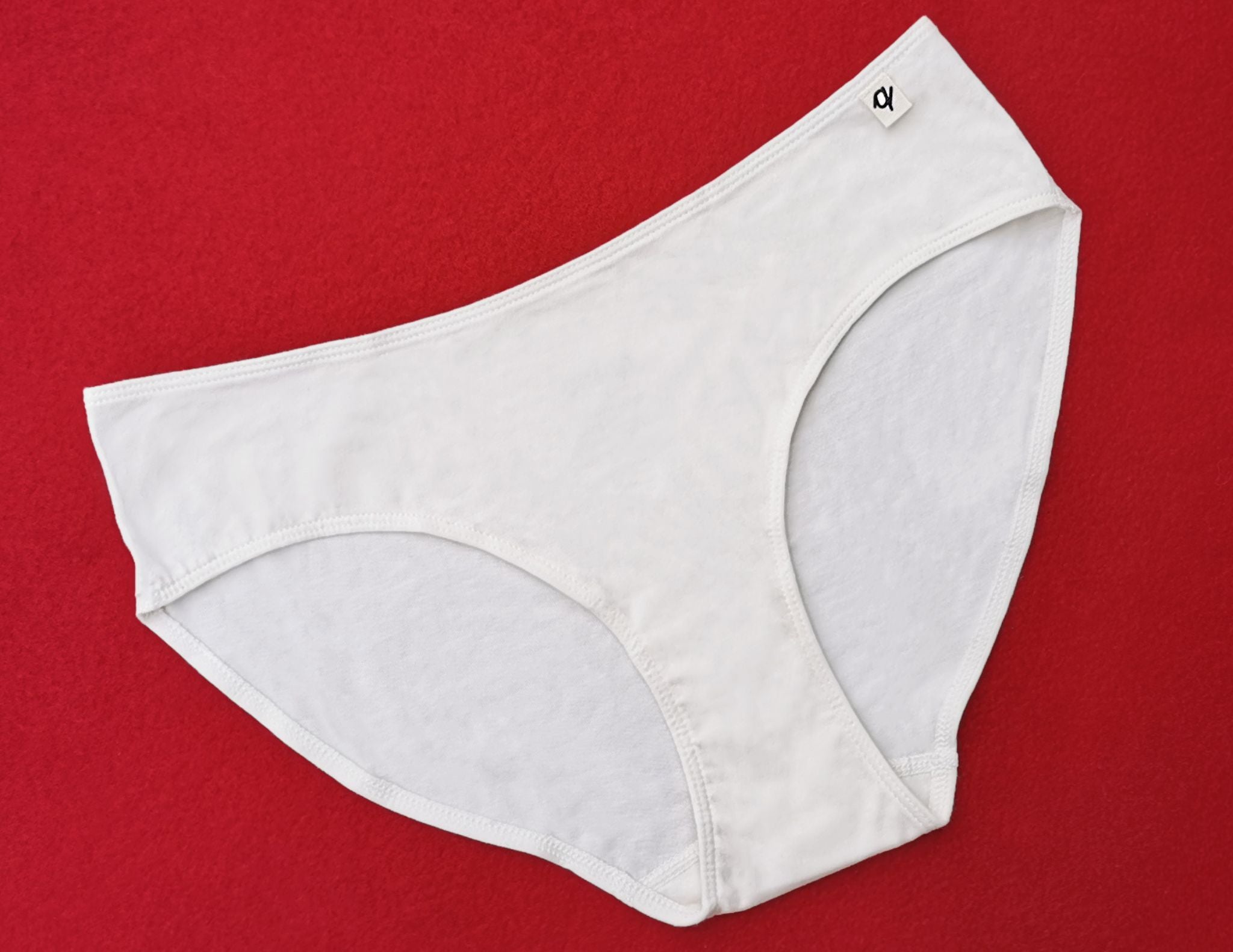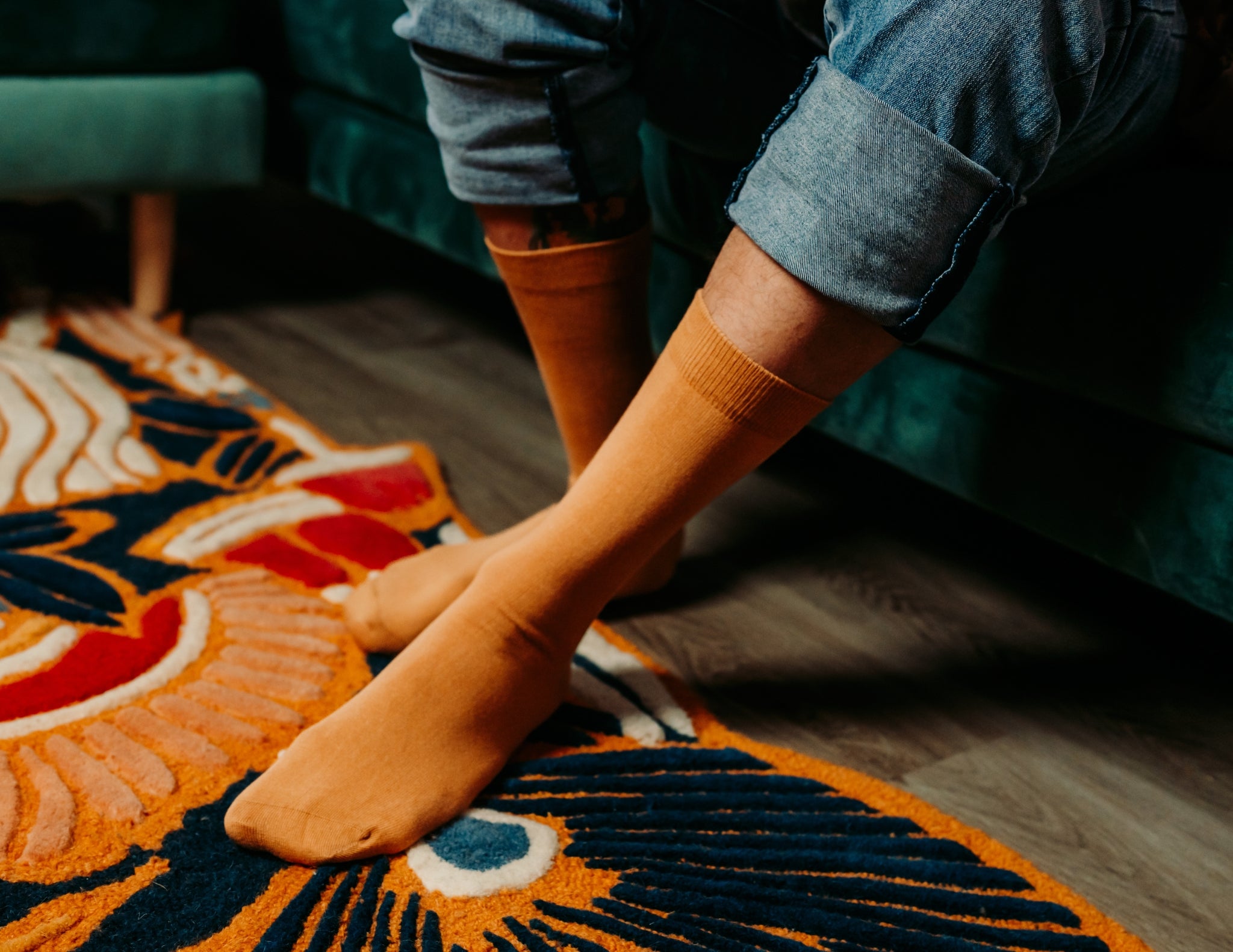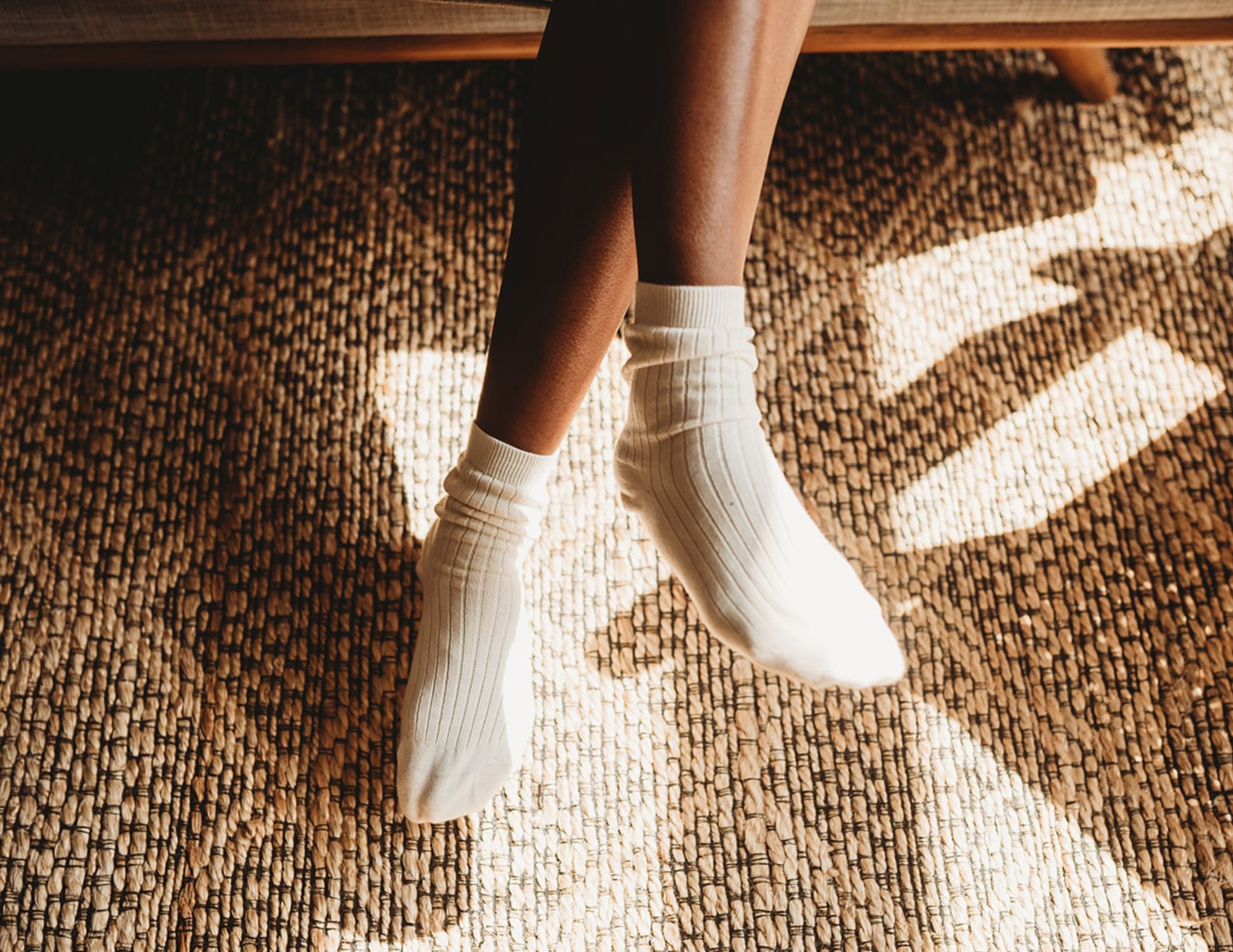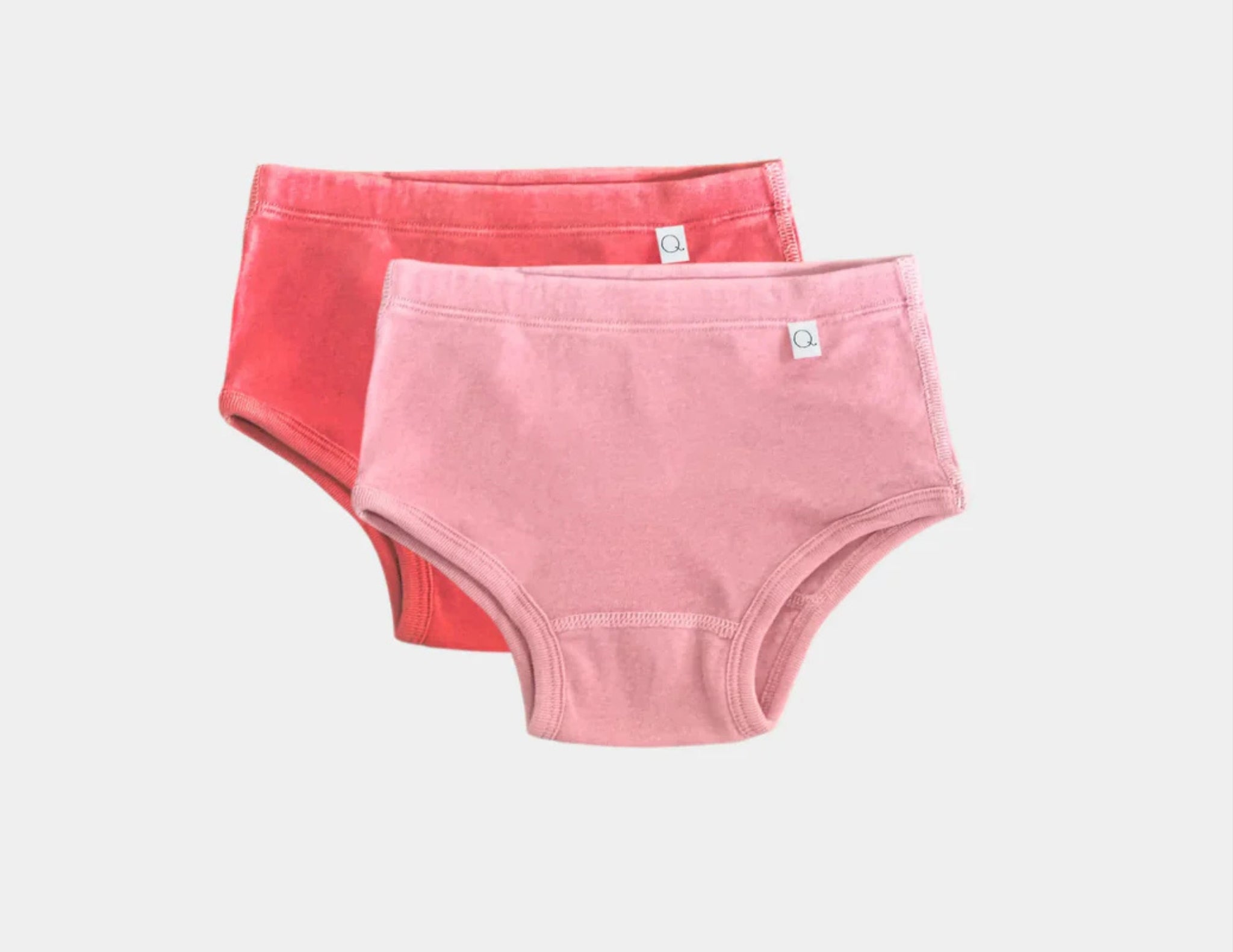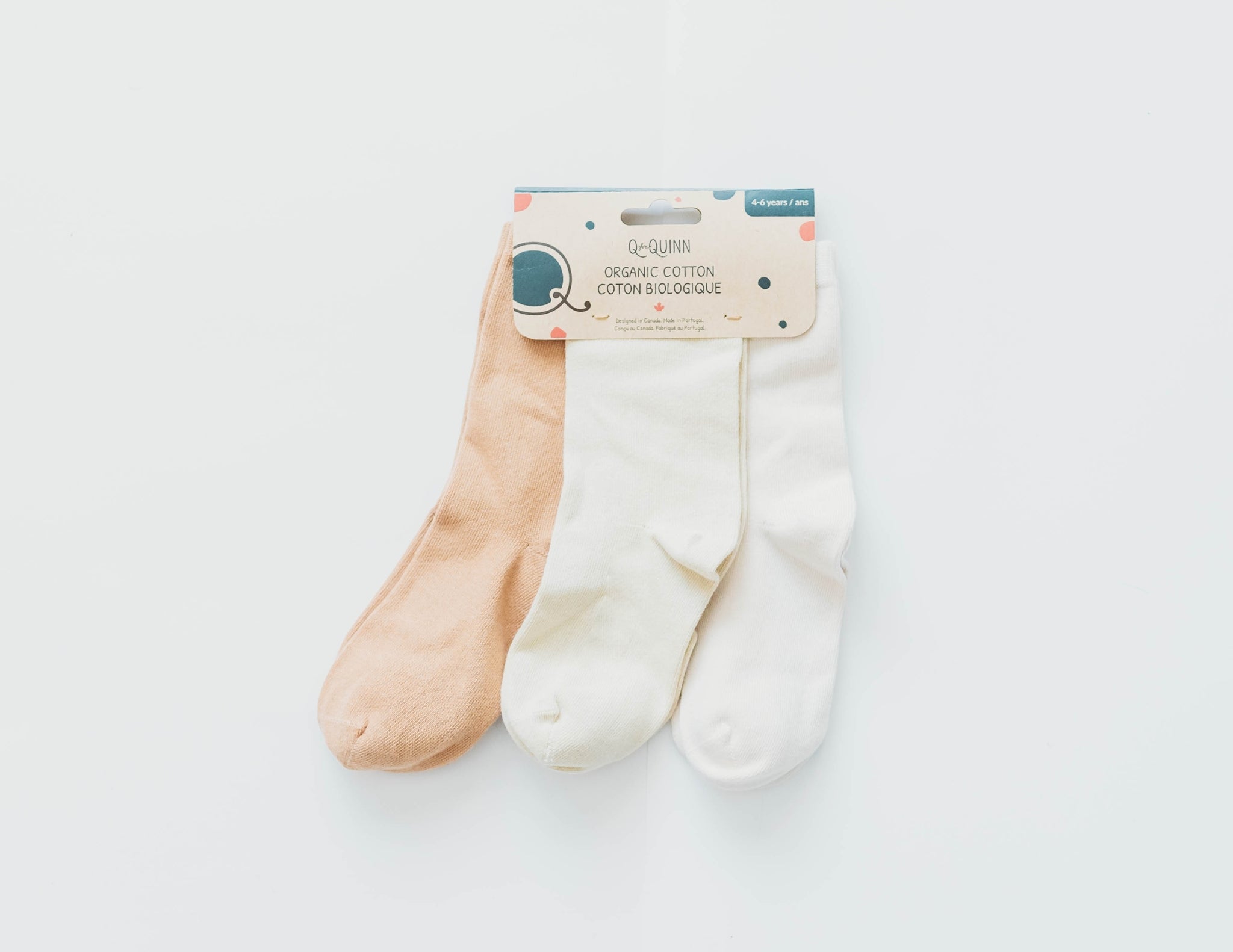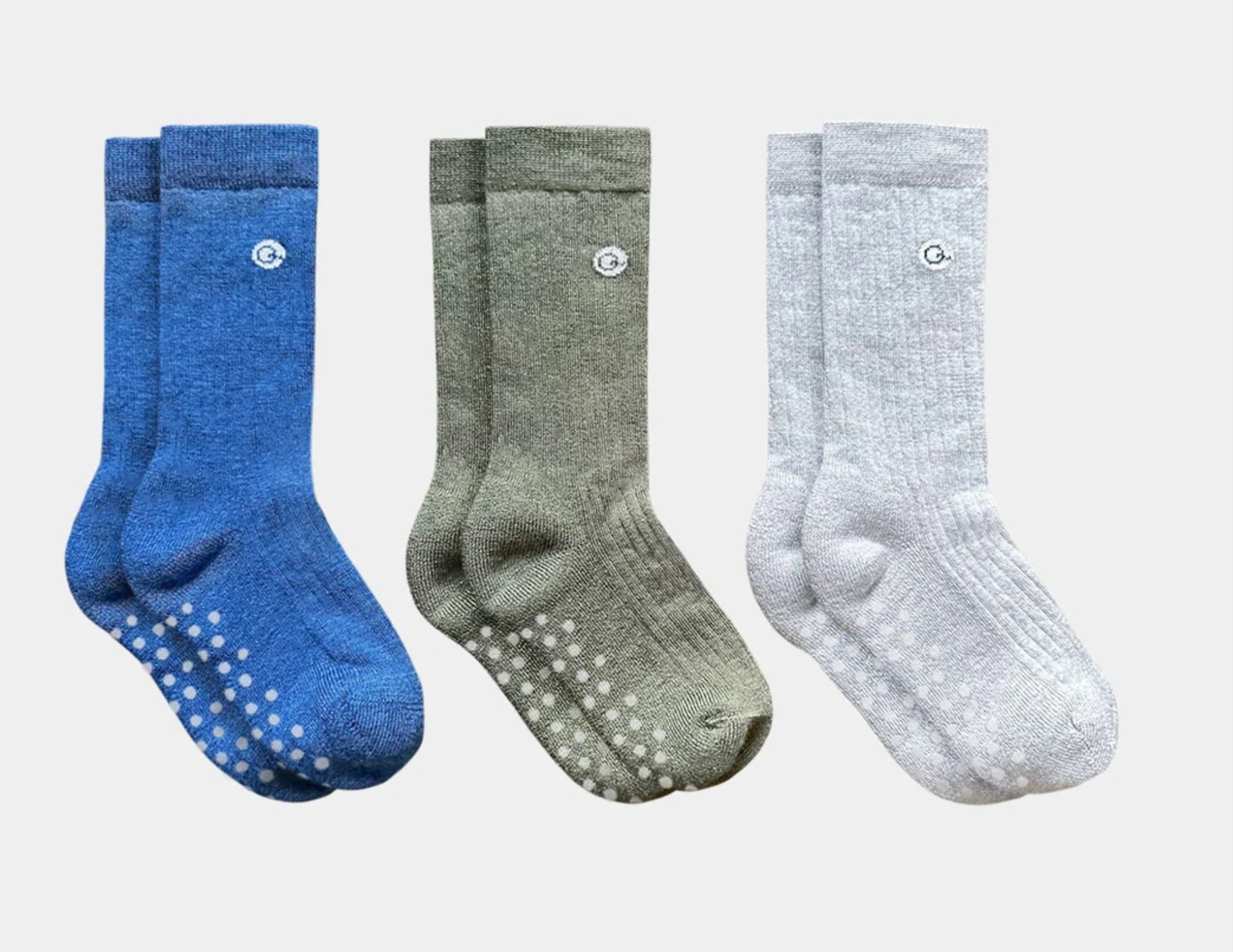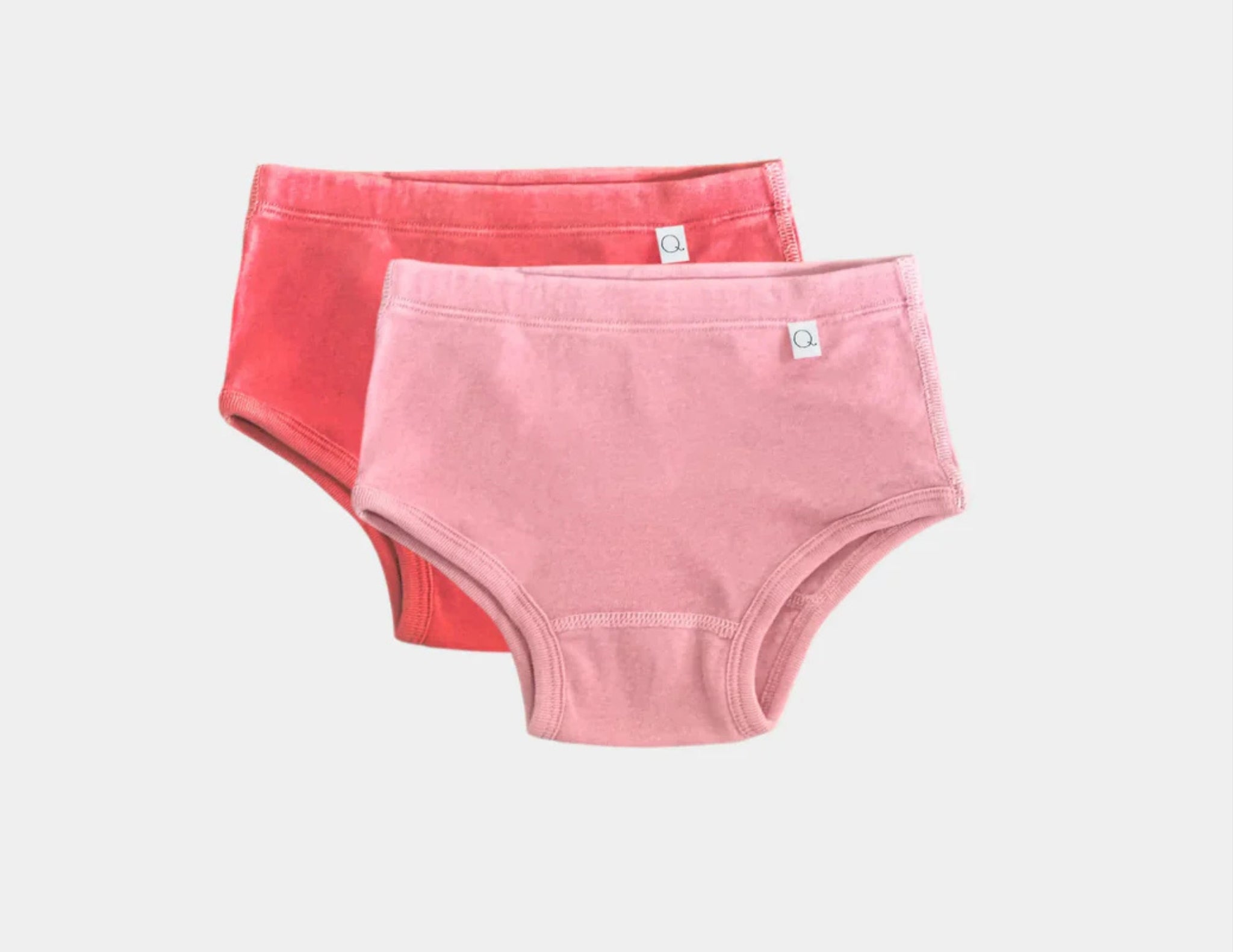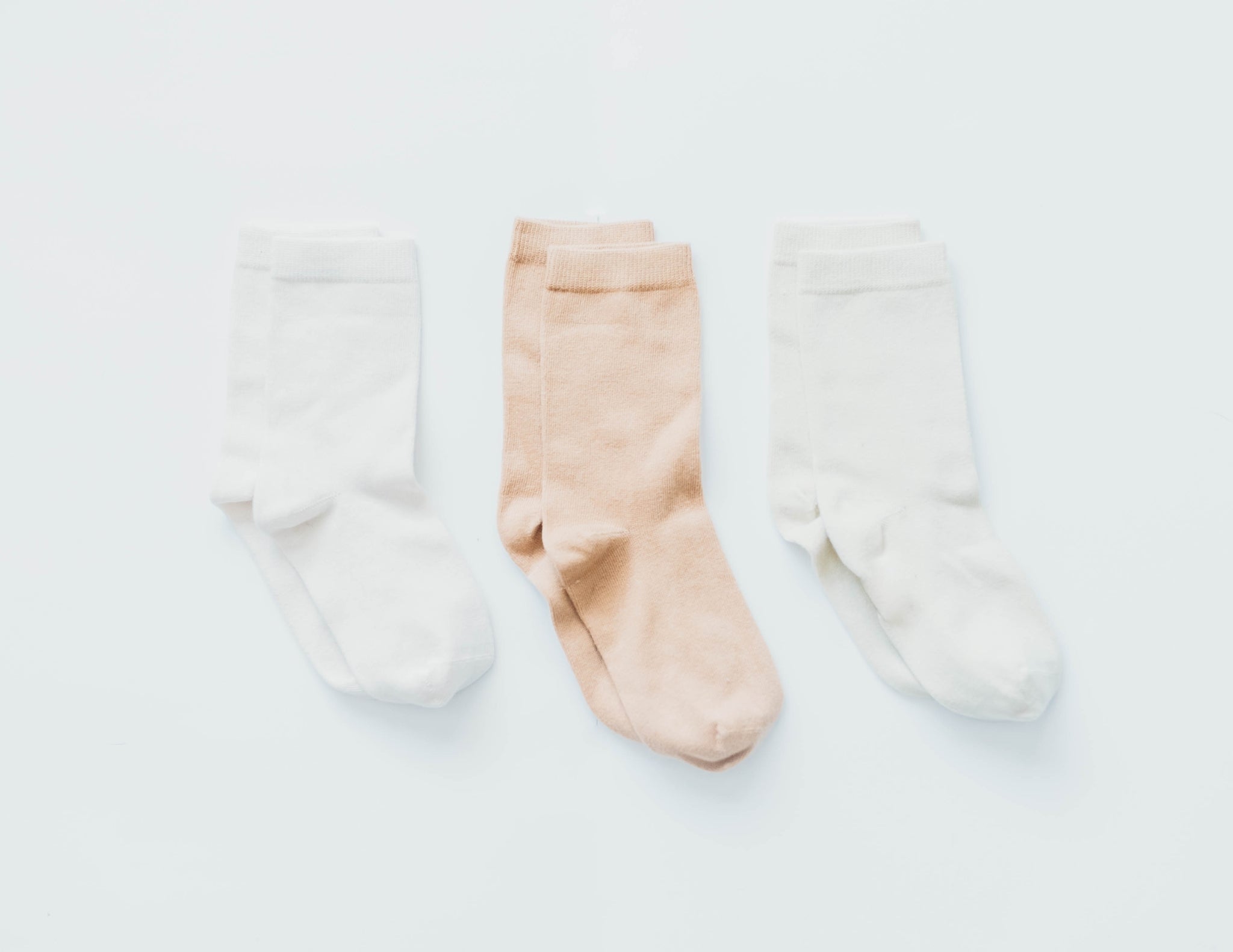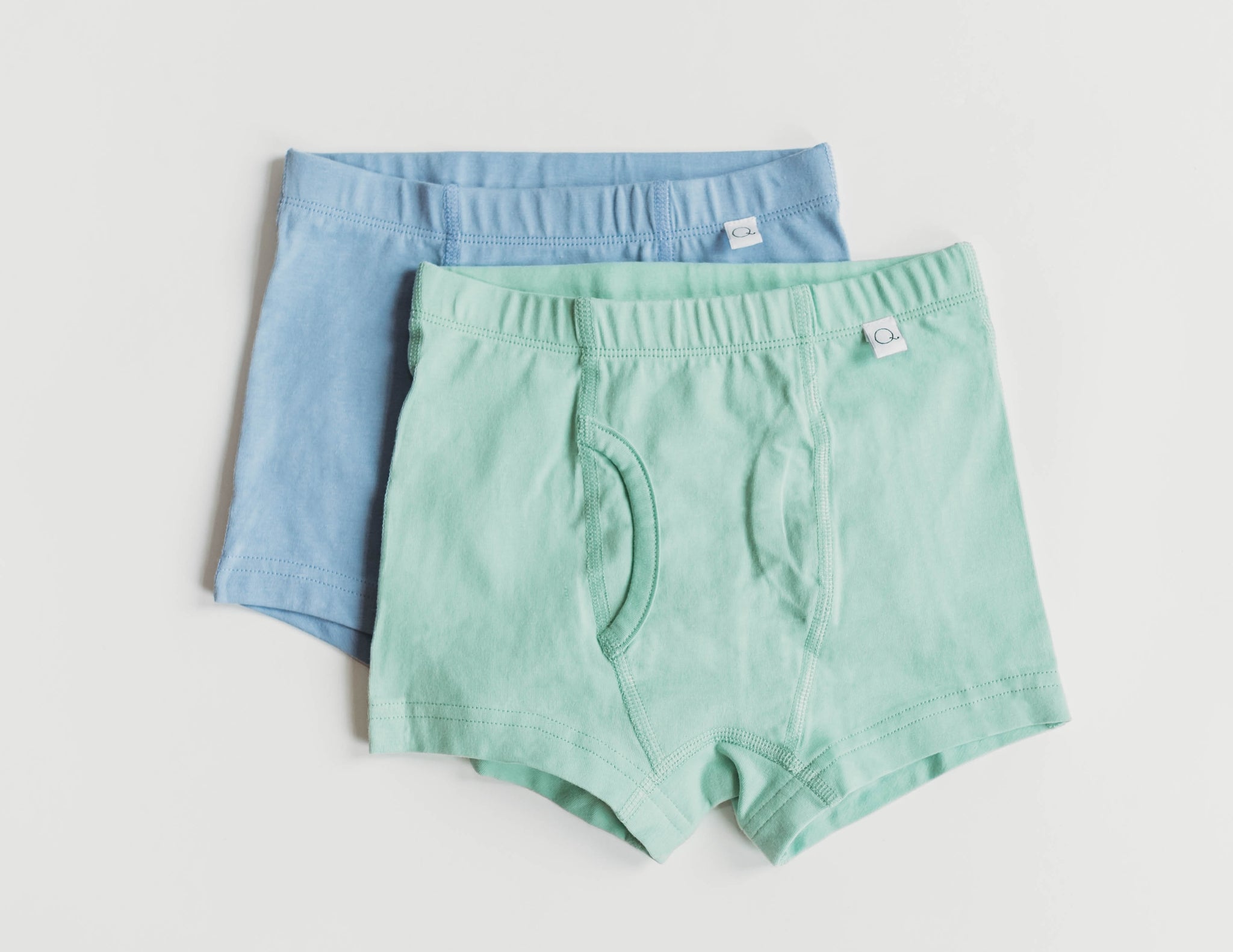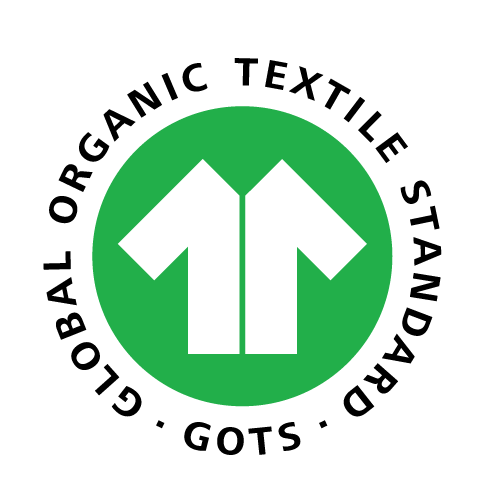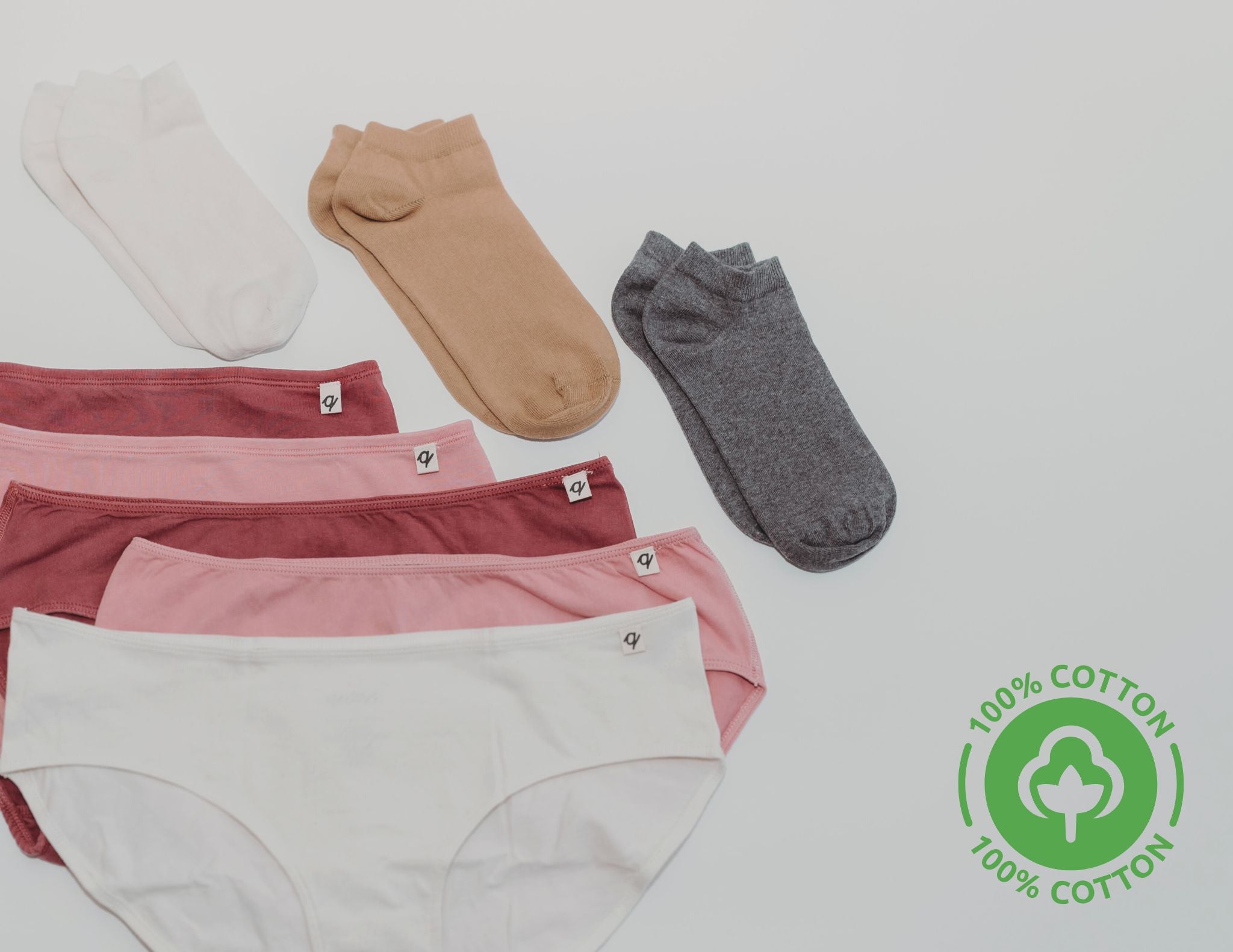
How to Wash 100% Cotton Clothes Without Shrinking Them
Cotton fabric is the backbone of most wardrobes—from t-shirts and jeans to underwear and socks. This natural fiber is prized for its breathability, comfort, and durability. However, knowing how to wash 100 cotton correctly is essential, as improper care can lead to shrinkage, fading, and premature wear. Whether you’re learning how to take care of cotton clothes for daily wear or figuring out how to wash organic cotton garments from Q for Quinn, using the right methods will help preserve both fabric quality and garment longevity.
Why Cotton Care Matters
Cotton is a natural plant fiber that's been used for thousands of years. Its popularity stems from several key qualities: it's breathable and comfortable against skin, highly absorbent, durable when properly maintained, and biodegradable and sustainable.
When you invest in 100% organic cotton items, proper care becomes even more important. Pure organic cotton garments tend to be more susceptible to shrinkage and wear than cotton blends. Meanwhile, organic cotton—grown without synthetic pesticides or fertilizers—often has a softer, more delicate feel that requires gentler handling.
Proper cotton care isn't just about maintaining your wardrobe—it's also an environmental choice. By extending the life of your cotton garments, you reduce waste and the need for replacement, supporting a more sustainable approach to clothing consumption.
How to Wash 100% Cotton Clothes
Check the Care Label First
Before washing any cotton garment, always check the care label. Manufacturers provide specific instructions based on the garment's construction, dye, and finish. Some cotton items may have special requirements despite being made from the same fiber.
The care label typically indicates the recommended water temperature, washing method (machine or hand wash), drying instructions, and any warnings about using bleach or ironing. These instructions are tailored to the specific garment and should be your first reference point before proceeding with washing.
If you're unsure whether your clothing is made from conventional or 100% organic cotton, it’s helpful to know how to tell if a fabric is truly organic cotton. You might also want to review the different types of cotton used in garments, as not all cotton behaves the same during washing.
When shopping for cotton products, look for these certifications to verify claims:
- GOTS (Global Organic Textile Standard): Certifies organic status from field to finished product
- OEKO-TEX Standard 100: Tests for harmful substances in textiles.
Sort and Prep Your Clothes
Proper sorting is essential for cotton care. Begin by separating dark colors from lights and whites to prevent color bleeding. Next, sort by weight, as heavy items like jeans can damage lighter cotton fabrics during washing. Turn garments inside out to protect the outer surface from abrasion and reduce visible fading. Finally, close zippers and unbutton buttons to prevent snagging and damage to the garment and other items.
For stained cotton items, pre-treat spots gently with a mild stain remover or diluted detergent before washing. Allow the pre-treatment to sit for 10-15 minutes, but don't let it dry completely on the fabric. This gives the cleaning agents time to break down the stain without setting it into the fibers.
Choose the Right Water Temperature
Water temperature has a significant impact on cotton's longevity. Cold water (60-80°F) is best for preventing shrinkage, preserving colors, and is an energy-efficient option. It's sufficient for most regular washing needs and should be your default choice for cotton items.
Warm water (90-110°F) provides better removal of oils and body soil but may cause minimal shrinkage. It's suitable for whites and heavily soiled items when necessary. Hot water (120°F+) is generally not recommended for cotton as it can cause significant shrinkage, may set stains rather than remove them, and can fade colors quickly.
Research from Cornell University's Department of Fiber Science found that washing cotton in cold water can reduce shrinkage by up to 80% compared to hot water washing. This significant difference makes cold water washing one of the most important steps in preserving your cotton garments.
Select the Best Wash Cycle
The washing machine cycle affects how your cotton items fare during cleaning. Use gentle or delicate cycles for lightweight cotton items to minimize agitation and potential damage. Regular cycles work well for sturdier cotton like jeans or towels that can withstand more vigorous washing.
Avoid extended wash cycles that subject cotton to prolonged agitation, as this increases wear on the fibers. Select a low spin speed to reduce wrinkling and fiber stress, particularly for delicate cotton items or those prone to stretching.
Use the Right Detergent
Not all detergents are created equal when it comes to cotton care. Choose mild, pH-balanced detergents that clean effectively without harsh chemicals that can damage fibers. Liquid detergents dissolve better in cold water than powders, making them a better choice if you're washing in cold water to prevent shrinkage.
Avoid detergents with optical brighteners for colored cotton, as these can cause fading over time. Skip fabric softeners, which can coat cotton fibers and reduce their natural absorbency—a key feature of cotton's comfort. Use the minimum amount of detergent needed—excess detergent can leave residue that attracts dirt and affects the feel of the fabric.
How to Care for Organic Cotton
Organic cotton deserves special attention. This premium material, used by brands like Q for Quinn in their sustainable clothing lines, is grown without synthetic pesticides or fertilizers, making it gentler on both skin and the environment.
Organic cotton often has a softer, more natural feel than conventional cotton. And for deeper insight, understanding the difference between organic cotton vs regular cotton can help guide your care choices, especially when sustainability and fabric longevity matter to you. The fibers may be slightly less processed, which can make them more susceptible to damage from harsh washing methods. For optimal organic cotton care, always wash in cold water to preserve fiber integrity and prevent shrinkage.
Use plant-based, biodegradable detergents that align with the environmental benefits of choosing organic cotton. Avoid chlorine bleach completely, as it's particularly harmful to organic fibers and negates the environmental benefits of choosing organic. Wash similar items together to reduce friction that can cause pilling or fiber damage.
Consider using a mesh laundry bag for delicate organic cotton items to provide an extra layer of protection during washing. This is especially helpful for 100% organic cotton underwear and organic cotton socks that might otherwise get twisted or stretched during the wash cycle.
According to the Organic Trade Association, proper care of organic cotton items not only extends their life but also preserves the environmental benefits of choosing organic in the first place. By treating these items gently, you not only maintain their quality but also minimize their environmental impact.
How to Wash 100% Cotton Without Shrinking
Shrinkage is the most common complaint with cotton garments. Cotton fibers naturally contract when exposed to heat and agitation, which is why many cotton items come pre-shrunk. However, additional shrinkage can still occur with improper washing.
Use Cold Water Only
Cold water washing is the single most effective way to prevent cotton shrinkage. Hot water causes cotton fibers to contract, while cold water maintains the fiber structure. A study published in the Textile Research Journal found that washing cotton in water below 85°F reduced shrinkage by up to 75% compared to hot water washing.
This temperature difference is particularly important for items labeled as 100% cotton, which have no synthetic fibers to help maintain shape. Make cold water washing your standard practice for all cotton items, especially those you're concerned about shrinking.
Avoid High Heat Drying
The dryer is often where most shrinkage occurs. High heat causes cotton fibers to contract permanently, and once this happens, the shrinkage cannot be reversed. If you must use a dryer, select the lowest heat setting possible—many dryers have a "delicate" or "low heat" setting specifically designed to minimize shrinkage.
Remove items while slightly damp rather than completely dry. This prevents overdrying, which is a major cause of shrinkage and fiber damage. The items can then finish air drying without the risk of further shrinkage.
Never overdry cotton garments, as the extended exposure to heat not only increases shrinkage but also weakens the fibers, leading to premature wear and tear. If your dryer has a moisture sensor, use it to prevent overdrying automatically.
Lay Flat or Air Dry
The safest approach for 100% cotton is to skip the dryer entirely. Gently reshape the garment while damp to ensure it dries in the correct form. Lay flat on a clean towel away from direct sunlight, which can fade colors and damage fibers.
For hanging items, use padded or wooden hangers to prevent shoulder stretching, especially for heavier cotton items like sweaters or sweatshirts. Allow ample time for complete drying to prevent mildew, which can damage cotton fibers and create unpleasant odors that are difficult to remove.
Final Tips on Caring for Organic Cotton Underwear
Organic cotton underwear is designed to be gentle on your skin and better for the planet—but it also requires gentler care. Always wash in cold water using a mild, natural detergent. Avoid bleach and high heat, and air dry whenever possible to help your pieces last longer.
Discover our full range of organic cotton underwear for all ages and preferences. Browse our collections below to find the perfect fit for your comfort and lifestyle:







